Financial institutions of the country have never had it so good. Their profits are at record levels due to high banking spread while the depositors are getting a raw deal, exemplified by a very low rate of return on their deposits.
According to the latest data released by the State Bank of Pakistan, the situation seems to have worsened further during the recent past with the eight-month average banking spread, ending August 2006, rising to 7.3 percent as compared to 5.8 percent during the corresponding period last year, showing an increase of 25 percent or 150 basis points.
The weighted average lending rate for all banks in August, 2006 was 10.64 percent while the deposit rate was only 3.14 percent, indicating a spread as high as 7.5 percent. The increasing spread is despite the fact that a lot of persuasion has been made by the State Bank and other sane elements advising or dealing with the financial sector to reverse the trend and try to narrow the spread to international levels of about 3-4 percent.
Many reasons are offered for the widening gap between lending and deposit rates. It is argued that the share of costlier credit is rising in the banking sector which is pushing up the overall lending rates.
Of late, banks have focused on consumer financing, with its share rising to 13.1 percent of the total lending. Yielding a rate of return of almost 18 percent, consumer financing is easier to manage and pays handsome dividends in a relatively short period of time. It also suits the government because it conveys an impression of prosperity. The SME sector which now constitutes 17.3 percent of the total borrowing also receives loans at a high rate ranging between 15 and 16 percent while the agriculture sector borrows at 13-14 percent.
Low rate of return on deposits is attributed to the fact that ordinary depositors are not opting for fixed deposits paying higher interest rates and only fresh deposits are offered higher rate of returns.
Whether the government decision to allow the institutions to invest in the National Saving Schemes (NSS) with effect from 2nd October 2006 would put pressure on the banks to increase the deposit rates is also difficult to say. They could try to compensate the institutional investors and shrug off the signals so far as ordinary depositors are concerned, believing that they are captive customers.
Whatever the arguments or stance of the banks, the widening of spreads, in our view, is a short-sighted policy. In the wake of high inflation of about eight percent and double-digit food inflation, the return on deposits is significantly negative in real terms and eroding the purchasing power of savings. Obviously, the saving rate in the country would remain dismal in such an environment and the money will tend to flow to speculative uses.
The dream of increasing the investment rate and productive capacity of the economy will, therefore, remain unfulfilled. It needs to be remembered that foreign investment can only supplement the development effort and that too at a cost but is not a real substitute for domestic savings.
A negative rate of return on deposits also increases income inequalities in the society since depositors are largely ordinary people while borrowers belong to the relatively affluent classes of society. It may be mentioned that coverage of national saving centres is small and people are almost forced to keep their savings in banks. There could also be flight of capital from the country because of higher returns on deposits abroad coupled with the possibility of erosion in the rupee value.
The banks also need to realise that high spreads resulting from a very low rate of return on deposits is also not in their own long-term interest. By discouraging the savers, they are killing the very goose which would lay eggs for them for their survival and growth. Certainly, there is no reason for the banks to maintain the spread between their deposit and lending rates at such high levels.
BR100
15,103
Increased By
140.9 (0.94%)
BR30
42,619
Increased By
540.8 (1.29%)
KSE100
148,196
Increased By
1704.8 (1.16%)
KSE30
45,271
Increased By
438.2 (0.98%)


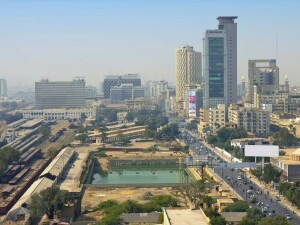


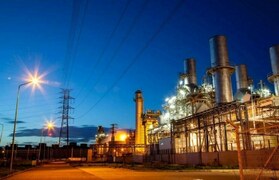



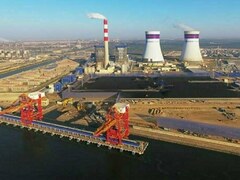

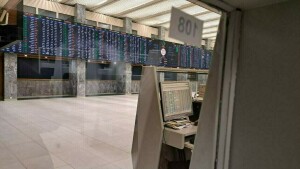
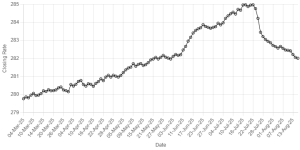


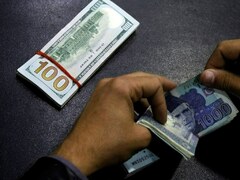

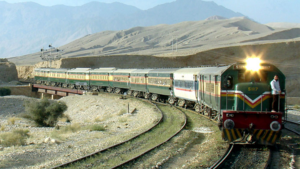


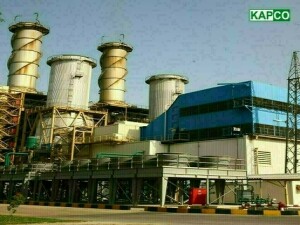

Comments
Comments are closed.